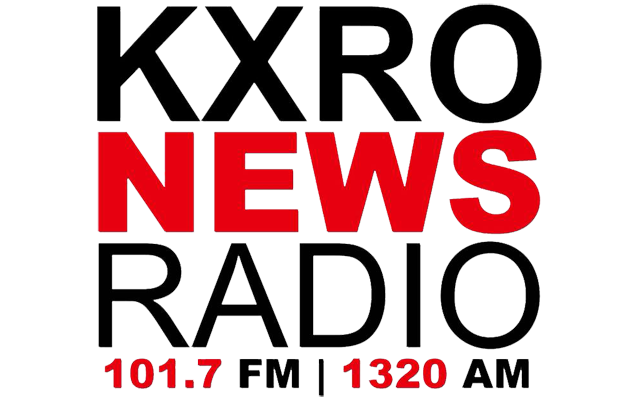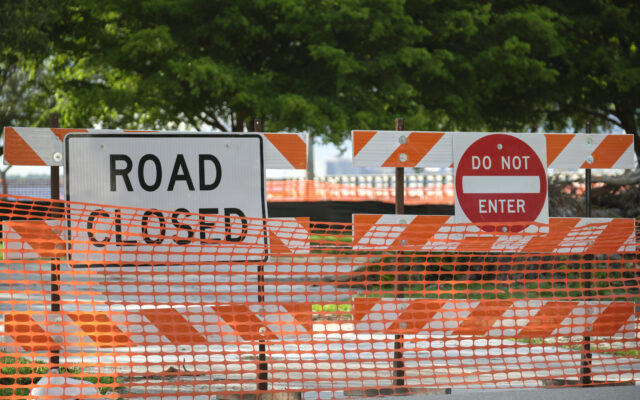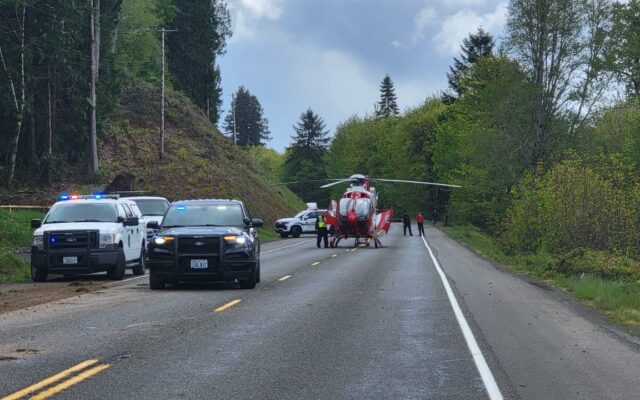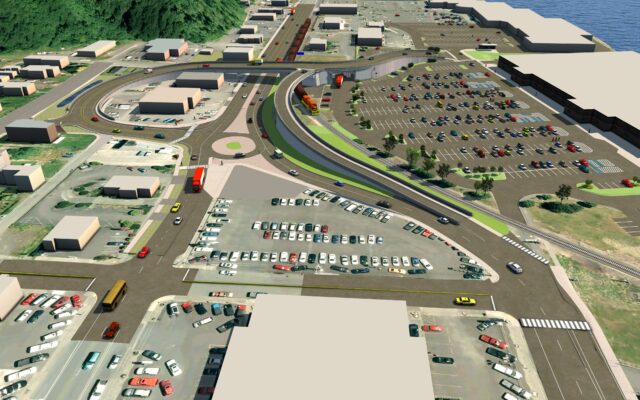Changes to Willapa Bay noxious weed control permit up for public comment

Willapa Bay, WA – Local meetings have been scheduled and public comments are being accepted on proposals to remove noxious weeds from Willapa Bay commercial clam beds.
In an update to the general permit to help remove Zostera japonica from the local clam beds, the Department of Ecology states that while they are not proposing what they call as significant changes to the permit to remove the noxious weed at this time, updates have been made.
The department says that with the intent to provide clarification they have modified the local permit over the years. This includes updates bsed on research done on buffers and the use of imazamox.
The Department of Ecology has been working with local shellfish growers for years as the Willapa Bay area struggles with the presence of the noxious weed, using a variety of aquatic pesticides as allowed by law to mitigate impacts.
Zostera japonica, Spartina, and other weeds have caused significant impacts on the aquaculture and harvest for the shellfish industry in Willapa Bay, causing additional study on controlling the plant. In 2014 a permit was first issued based on an Environmental Impact Statement that limited aquatic herbicides. Now that permit is being updated.
According to Ecology, there are a number of ways to remove Zostera japonica, and using an herbicide is the only method that requires a permit from Ecology. Other mechanical methods, such as harrowing or chain dragging, can also also have serious environmental impacts, such as harming creatures that live in the sediment. A discussion of the various management options is available in the 2014 environmental impact statement.
Under the permit, only the herbicide imazamox would be allowed on 1,200 acres of commercial clam beds.
Treatment can only occur within Willapa Bay, at sites that have permit coverage. The time of year is limited to between April 15 – June 30.
The potential area to be treated is currently no more than 1,200 acres of commercial clam beds. This is:
-
- 1.6% of the total area of Willapa Bay (77,000 acres)
- 4.6% of the tidelands that could contain eelgrass (26,000 acres)
- 20% of the 6,000 acres designated for clam culture in Willapa Bay
However, on average much less is treated. During the previous permit cycle an average of 22 acres were actually treated. This is:
-
- 0.3% of Willapa Bay
- 0.85% of estimated tidelands
- 3.7% of acres designated for clam culture
According to Ecology, the EPA categorizes this herbicide as a reduced risk pesticide (their lowest toxicity category), meaning any amount of imazamox found in or on food products is not considered a human health risk.
Comments on proposed updates are being accepted until November 4, 2019.
In addition, public workshops and hearings have been scheduled to discuss the draft permit, including a hearing in South Bend.
The workshops and hearings will held :
Oct. 21, 2019 starting at 1 p.m
Online Webinar Hearing
Join for the webinar
Oct. 22, 2019 starting at 1 p.m
In-Person Hearing
Willapa Harbor Community Center
916 W First Street
South Bend, WA 98586
Copies of the Draft Permit and Fact Sheet: The draft permit and fact sheet are available on the permit webpage. You may also request copies of these documents from Jon Jennings, at [email protected], or 360-407-6283.
Written comments are being accepted until 11:59 p.m. on Nov. 4, 2019
Comments should reference specific permit text when possible.
Make your comments online via the eComment form (preferred method), or
By mail:
Jon Jennings,
WA State Department of Ecology
P.O. Box 47696
Olympia, WA 98504-7696



